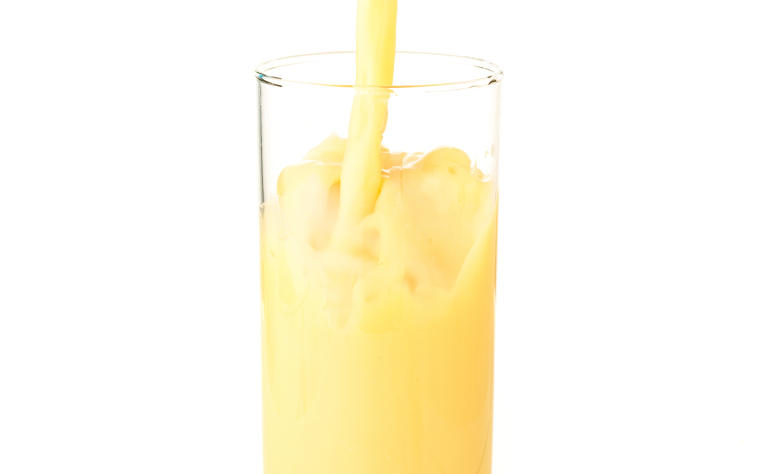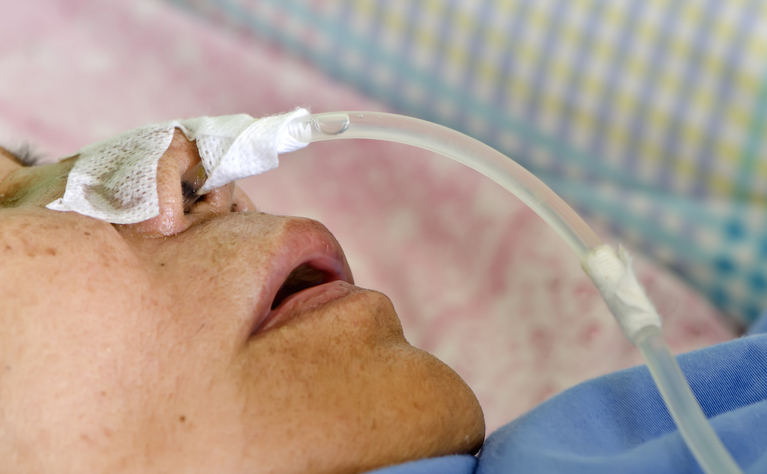
A liquid diet is made up of a specially formulated drink that you either take orally or is administered by a tube (through the nose) into the stomach (enteral feeds). Some people may not be able to tolerate this method and the enteral feeds are administered through a thin catheter into a large vein (usually in chest, arm or neck). This is known as parenteral nutrition.
The liquid is made up of essential carbohydrates, sugars, oils, proteins, single amino acids or short chain peptides. Vitamins and minerals are also added.
This type of diet is easily digested and helps to rest the bowel.
The amount of time you need to be on a liquid diet depends on the type. It can be anywhere from between 2-8 weeks and no other food or drink (apart from water) is allowed during this time. After this time food is slowly reintroduced.
Many people are advised to reintroduce a different food each day. If the food causes any symptoms then it is avoided. Doing this produces a ‘safe’ diet for the person. As the number of foods introduced to your diet increases the amount of liquid feeds will be reduced. Your doctor/dietician will help you to reintroduce the foods as some foods have a longer reaction time than others. Food testing is then carried out on the foods that could not be tolerated when they were introduced to check for allergies/sensitivities. This method can be time consuming, taking 2-3 months for all foods to be reintroduced.
Unfortunately the foods that affect people with inflammatory bowel disease are not all the same - and there isn’t a simple test that can be taken - so it is recommended that you keep a food diary documenting everything you eat and drink and how you are feeling. This will help to identify if there are any foods that trigger your symptoms.

As an alternative to reintroducing foods as described above is the Low Fat/ Fibre Limited Exclusion diet (or LOFFLEX). It has been developed specifically for people with Crohn’s disease.
You must follow a diet which excludes foods high in fat and fibre and some other foods that have been identified by some people as triggering Crohn’s symptoms before reintroducing these foods.
Liquid diets are more often used for people with Crohn’s disease, particularly young people. It is not often used for ulcerative colitis.
It is used in people who are experiencing a severe flare, have malabsorption issues, in those who have short bowel syndrome or who have had intestinal surgery.
It allows for an inflamed bowel to rest and heal and reduces the amount of bowel movements.
In some cases people may be given liquid feeds alongside their usual diet to add as a supplement if they are not getting the nutrients they need from their food.